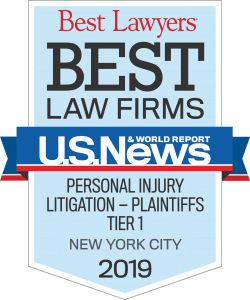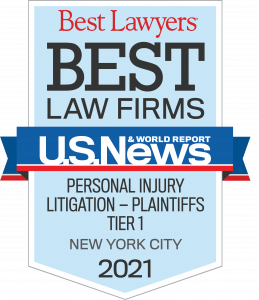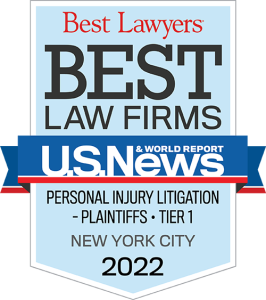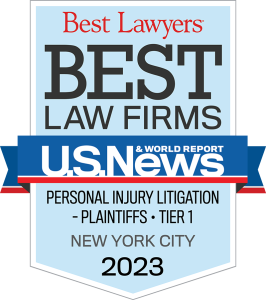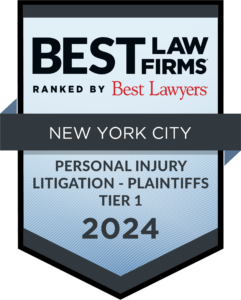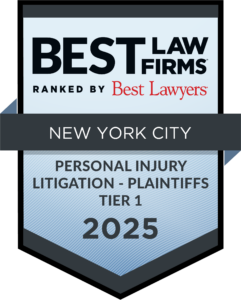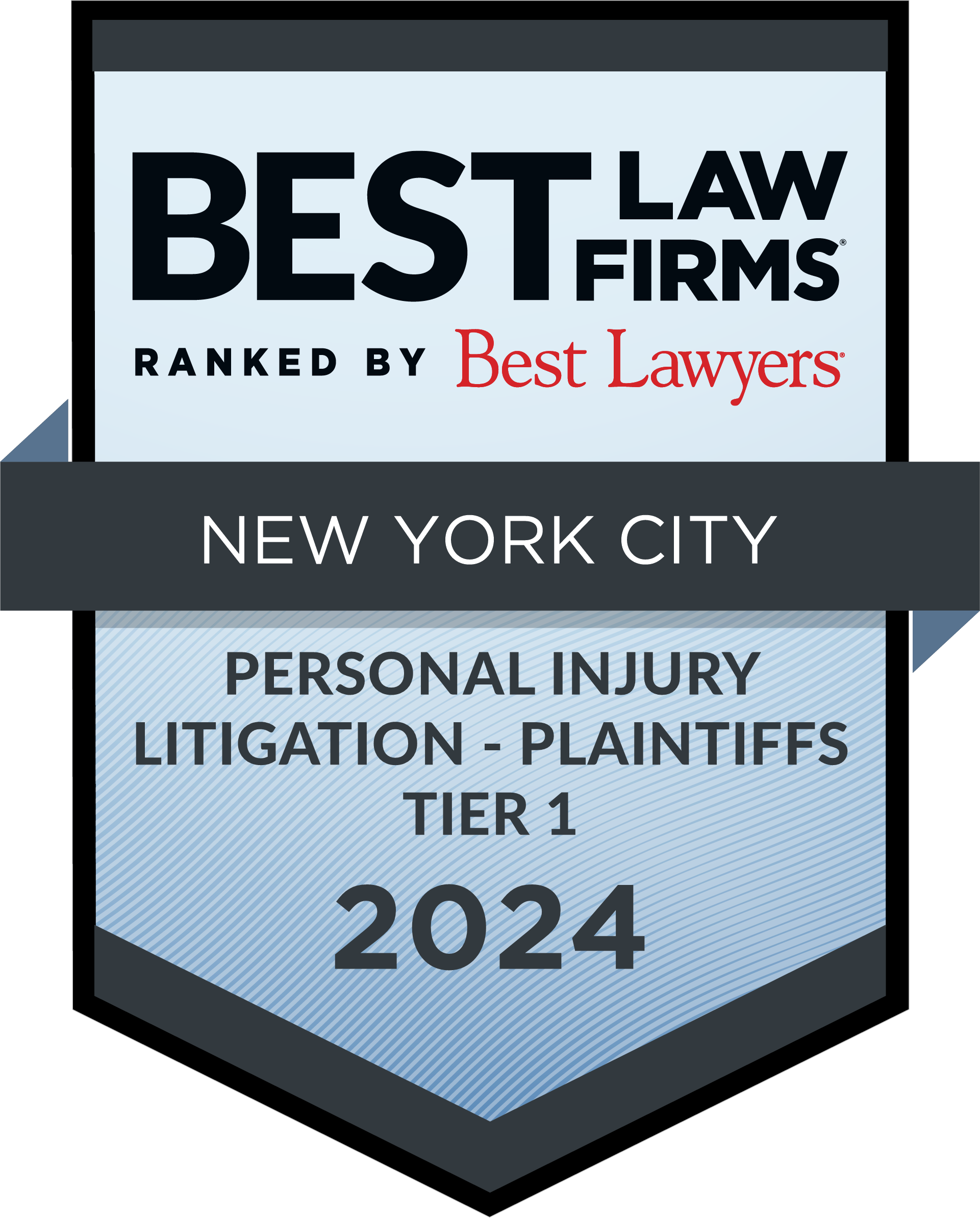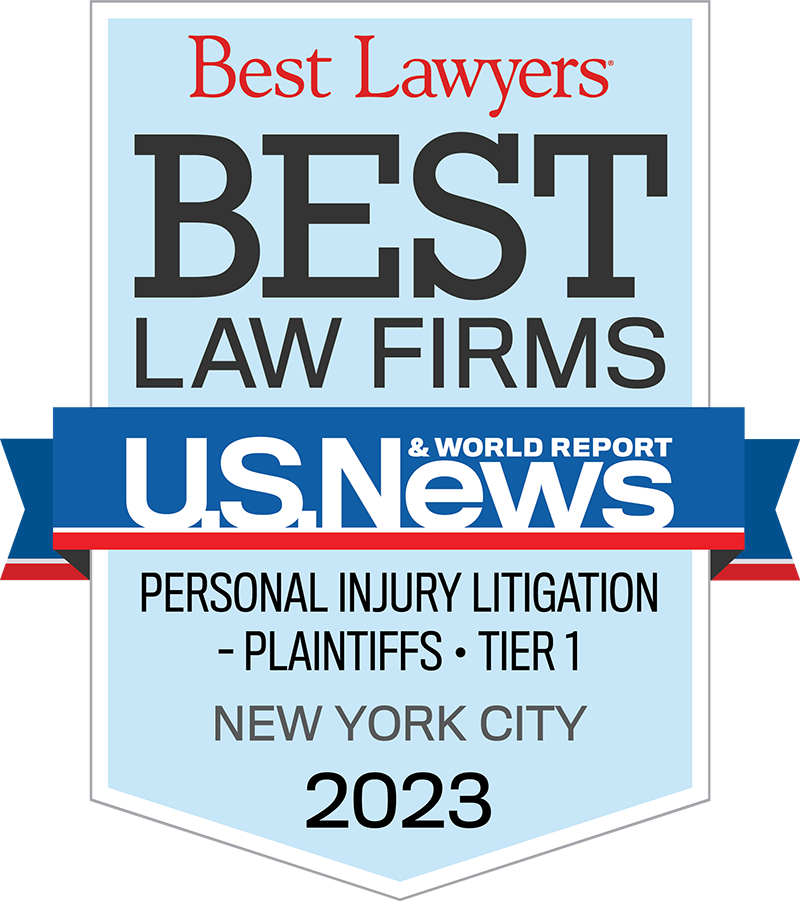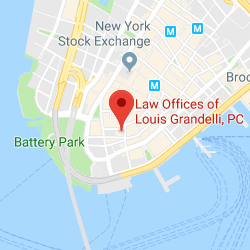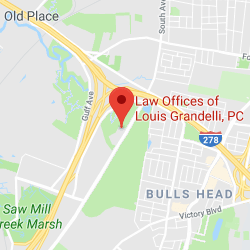Our office recently obtained a $1.4 Million settlement on behalf of a Staten Island marble mechanic who was injured at a construction site when he slipped and fell on gravel which had been improperly left in his work area.
Prior to trial, the defendant-general contractor made a motion to the New York State Supreme Court to dismiss our client’s claim that the general contractor violated Labor Law §241(6) and Industrial Code §23-1.7(e)(2). In support of their argument, the defendants cited cases from the New York State Appellate Division, Second Department, which has interpreted this Industrial Code section to apply strictly to tripping hazards at construction projects.
However, we successfully argued that since the case was pending in Manhattan, that the more liberal interpretation by the Appellate Division, First Department applying the regulation to slips at job sites would be controlling. Indeed, as discussed below, the First Department has noted that since Industrial Code §23-1.7(e)(2) applies to “Tripping and other hazards”, that the regulation should afford this added protection to construction workers.
It is well known that Labor Law §241(6) imposes a nondelegable duty upon contractors, owners and their agents “to provide reasonable and adequate protection and safety” to all persons employed in areas in which construction, excavation, or demolition is being performed.
The New York State Courts have held that in order to prove a prima facie cause of action under §241(6), the plaintiff must establish the following three elements: (1) that the defendant was an owner, general contractor or agent; (2) that plaintiff was engaged in a covered activity at a construction site; and (3) the defendant violated the statute by demonstrating violations of one or more specific provisions of the Industrial Code. (See Ross v. Curtis-Palmer Hydro-Elec. Co., 81 N.Y.2d 494, 505 [1993]).
In our recent case, we noted that the floor in the area where our client was working at the construction project had a significant amount of gravel and debris. Thus, we argued that the evidence demonstrated that the defendants violated Industrial Code §23-1.7(e)(2), which directs that floors where persons work or pass shall be kept free from dirt, debris, scattered tools, materials and sharp projections. Importantly, it has repeatedly been held by the Courts that this regulation contains “concrete specifications” and is sufficient to support a claim under §241(6).
Although the defendants argued that this Industrial Code section was not applicable since the plaintiff admittedly did not trip, we demonstrated that binding precedent from the Appellate Division, First Department has specifically determined that Industrial Code §23-1.7(e)(2) is not restricted to incidents where a worker trips. Rather, the Court has repeatedly held that since §23-1.7(e)(2) applies to “Tripping and other hazards”, the regulation should be interpreted to include slipping hazards. Therefore, the First Department has obviously declined to follow the reasoning of the Second Department which has restricted the interpretation of the regulation and only applied it to incidents where a worker trips.
For instance, in Capuano v. Tishman Construction Corporation, 98 A.D.3d 848 [1st Dept. 2012], the plaintiff was working on the 5th Floor of a building in the process of making his first trip to install a heavy duty piece of sheet rock at the job site when he slipped on a piece of discarded sprinkler pipe. Under these facts, the First Department determined that the plaintiffs met their burden of establishing liability under Labor Law §241(6) predicated upon a violation of Industrial Code §23-1.7(e)(2).
With respect to our recent case, while the defendants’ motion to dismiss our claim under Labor Law §241(6) was pending, we were able to negotiate a settlement at a mediation for $1.4 Million, for a client who sustained a left knee injury requiring arthroscopic surgery and an aggravation of a pre-existing back injury. Our success in achieving this result was due in large part to our strategic choice to venue the case in the Manhattan, which is part of the First Department, in order to take advantage of the more liberal interpretation to Industrial Code §23-1.7(e)(2), rather than in Staten Island, which is part of the Second Department, and subject to a negative interpretation of that code section.

